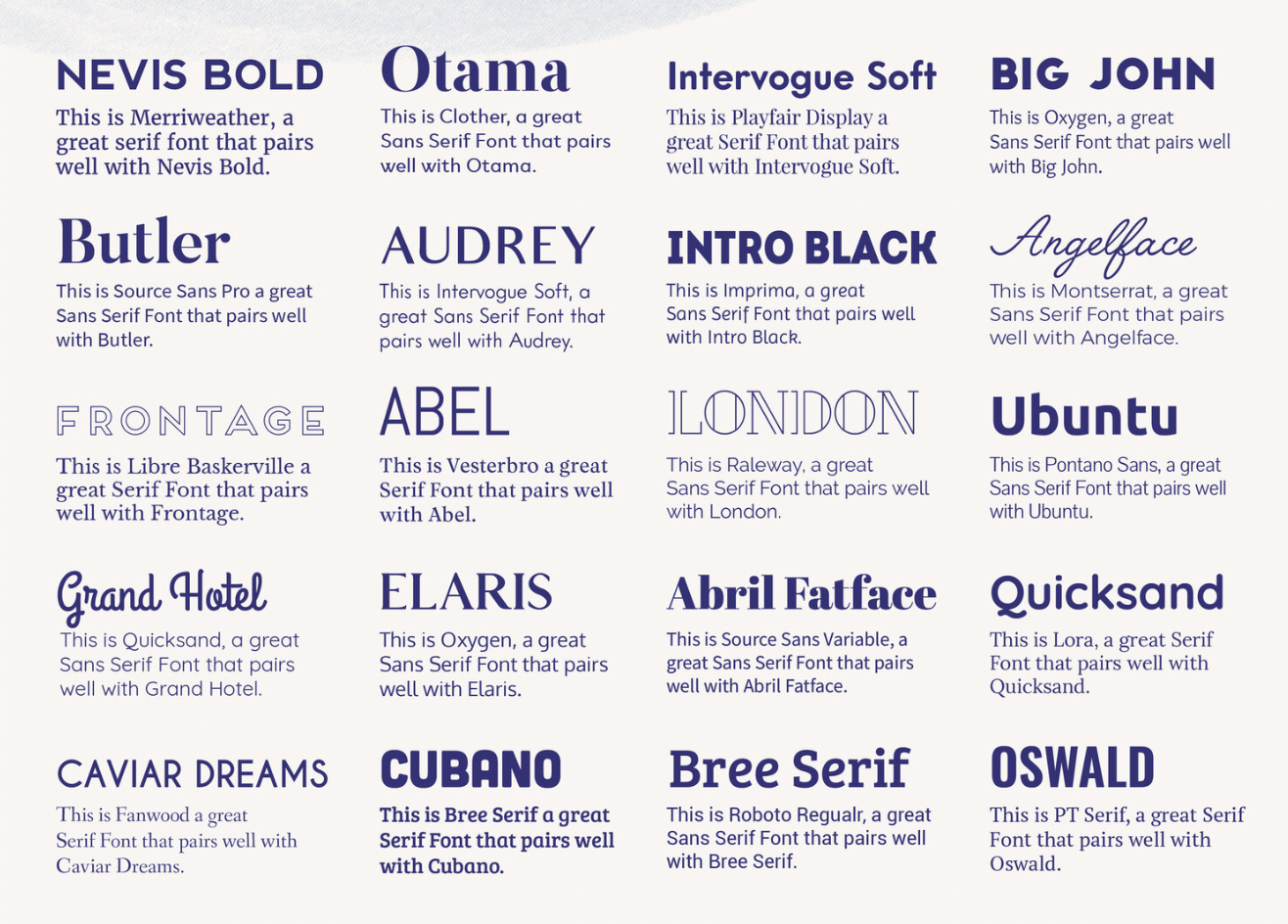5 Times You Do Not Want To Use Apple Log
I’m sure you’ve been hearing all about Apple LOG and how it has upped the game for a lot of mobile filmmakers. With some incredible features there is a lot Apple can boast about with this achievement. However, in this post we’re going to go over why you might not want to use Apple LOG in every situation.
For a thorough guide on how to get the most out of your iPhone Camera including tutorials on with Apple LOG footage, check out our iPhone Filmmaking Guide.
What is Apple LOG?
Apple LOG is the next advancement after Apple added ProRes to the iPhone’s camera capabilities in 2021. It allows you to capture more dynamic range and color data allowing you to edit and grade the footage for a more professional look.
It also is the only way to get rid of the characteristics that make phone footage look like phone footage. Apple LOG is the only way that you don’t have to worry about tone mapping and over sharpening. This gives you full manual control over your image and results in a softer or more cinematic look.
What is the difference between ProRes and LOG?
ProRes and Apple Log are both developed by Apple. ProRes is a high-quality, visually lossless codec designed for efficient editing and post-production workflows, while Apple Log is a gamma curve used to capture a wider dynamic range in video recordings. ProRes maintains high image quality with relatively larger file sizes, while Apple Log preserves more detail in shadows and highlights for greater flexibility in color grading.
ProRes is widely compatible and easy to use in various editing platforms, whereas Apple Log requires additional processing to unlock its full potential. ProRes and LOG work hand-in-hand to create a better image. These terms are often used in the same conversation and it’s really important to understand what they are so that you know the right times to use them.
5 Scenarios Where You May Not Want To Use Apple LOG:
If you immediately need to use airdrop or some sort of wireless transfer
ProRes files are huge. If you need to send or transfer the footage very quickly wirelessly then recording in ProRes may not be the way to go. The stock camera also does not allow you to record with a LUT baked in therefore the video you send will look flat and desaturated to the recipient. If you do not have time to properly process the LOG file you may want to keep ProRes off.
Clips with bad flares
In my opinion bad flares are one of the dead giveaways to iPhone footage. It ruins any potential of a professional look and therefore negates any reason to use ProRes LOG for these shots. These flares are mostly found at night with small bright light sources.
Long filming sessions
If you plan on filming for long clips at a time just understand that a ProRes file can be about 6GB for 30min of record time at 30fps. This can add up quick and easily fill your phone up.
Related: Using an SSD for Storage When You Film on an iPhone
Low light if you're using the non-wide lens
While great improvements have been made to the ultra wide and telephoto lenses, in super low light situations the sensors are significantly smaller than the main wide angle lens and produce a very noisy image that even the higher bitrates of ProRes cannot fully help.
Medium Shots
At the end of the day the smaller the sensor the less natural DOF (depth of field) is going to be produced. With the latest iPhones yes you can achieve some natural falloff if your subject is close up, or have everything in focus if you’re going for landscape wide compositions, but for the generic medium shots DOF is nearly impossible to achieve. Filming a person in a room without proper depth thought out will produce a pretty flat image and therefore may not be worthy of the look upgrades ProRes LOG can produce.
For a deep dive of how to get the most out of your iPhone Camera including tutorials on with Apple LOG footage, check out our iPhone Filmmaking Guide.















